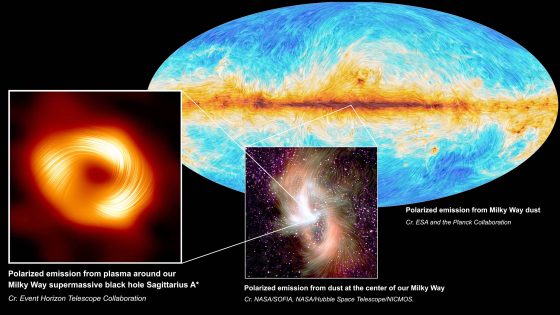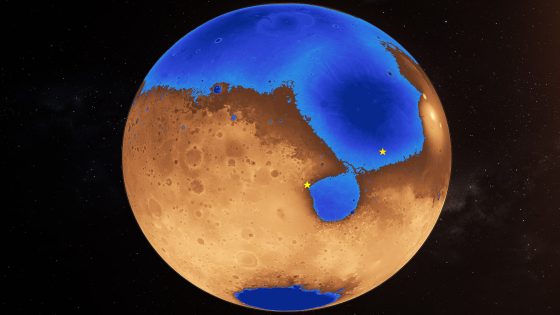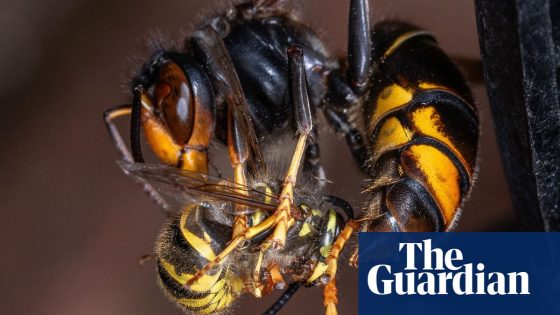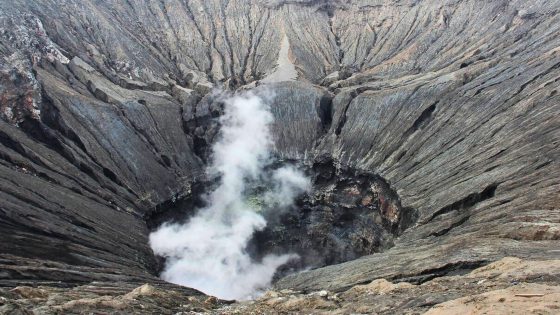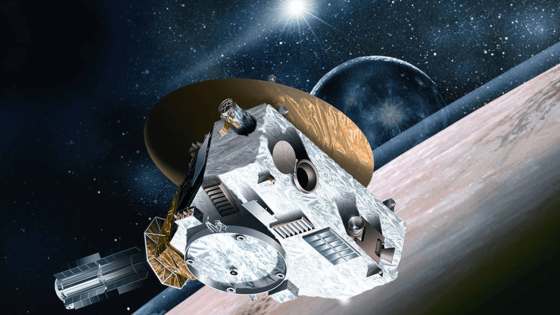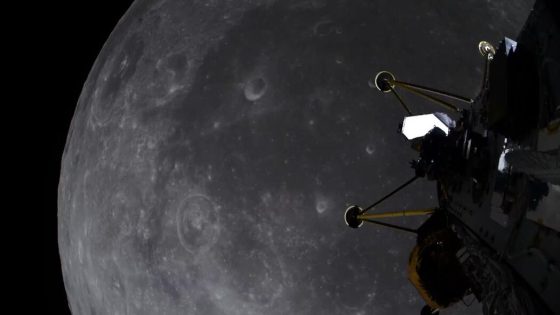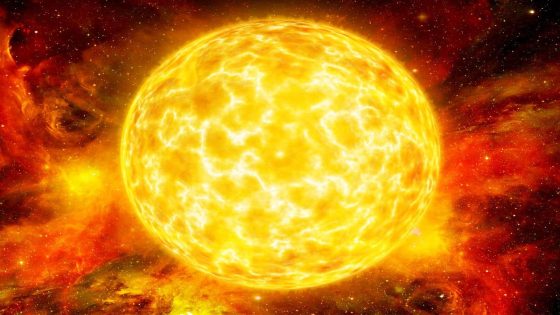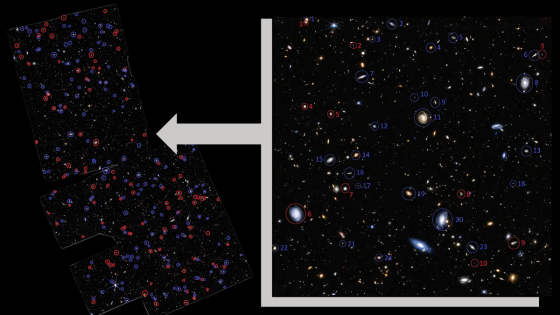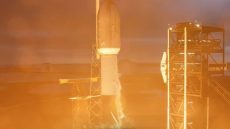Exciting discoveries have emerged from the Milky Way’s center, where “space tornadoes” have been identified. On March 26, 2025, international astronomers revealed these unique structures in the galaxy’s central molecular zone, enhancing our understanding of cosmic dynamics. What do these findings mean for our view of the universe?
- Discovery of long, narrow filaments in CMZ
- ALMA enhances observation sensitivity by 100 times
- Shock waves drive turbulence in molecular clouds
- Filaments act as channels for gas flow
- SiO molecule traces shock-induced processes
- Filaments may recycle matter around black hole
New Discoveries of Space Tornadoes and Their Role in Our Galaxy
What if the Milky Way is more dynamic than we ever imagined? Recent findings suggest that the galaxy’s center is home to long, narrow filaments acting like “space tornadoes.” These structures are crucial for understanding gas flows and material recycling in the central molecular zone, where intense gravitational forces create a turbulent environment.
The Impact of Shock Waves on Galactic Matter Recycling
These newly discovered filaments are not just fascinating; they are essential for the recycling of cosmic matter. Shock waves from the supermassive black hole stir up dust and gas, creating a dynamic environment. Here are some key points about their significance:
- Shock waves drive the formation and destruction of material.
- Filaments facilitate the flow of gas and molecules.
- They play a role in star formation processes.
- Understanding them may help US learn about black hole interactions.
How Space Tornadoes Form and Their Importance
These “space tornadoes” emerge from shock waves that create filaments in the central molecular zone. They serve as channels for gas flow, redistributing materials throughout the galaxy. This process can be likened to rivers flowing through a landscape, shaping the environment around them. Their rapid decay and ability to release molecules into the interstellar medium are crucial for maintaining chemical balance in the galaxy.
Future Research Directions on Galactic Dynamics
Future studies will focus on mapping these filaments across the central molecular zone. By employing advanced telescopes and simulations, scientists aim to confirm their origins and understand their role in cosmic evolution. This ongoing research will provide deeper insights into how galaxies like ours evolve and interact with their supermassive black holes.
In conclusion, the discovery of “space tornadoes” at the Milky Way’s center opens new avenues for understanding the complex dynamics of our galaxy. As researchers continue to explore these phenomena, we may uncover even more about the processes that shape our cosmic neighborhood.



